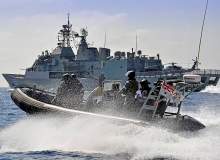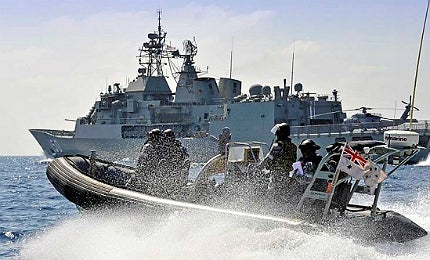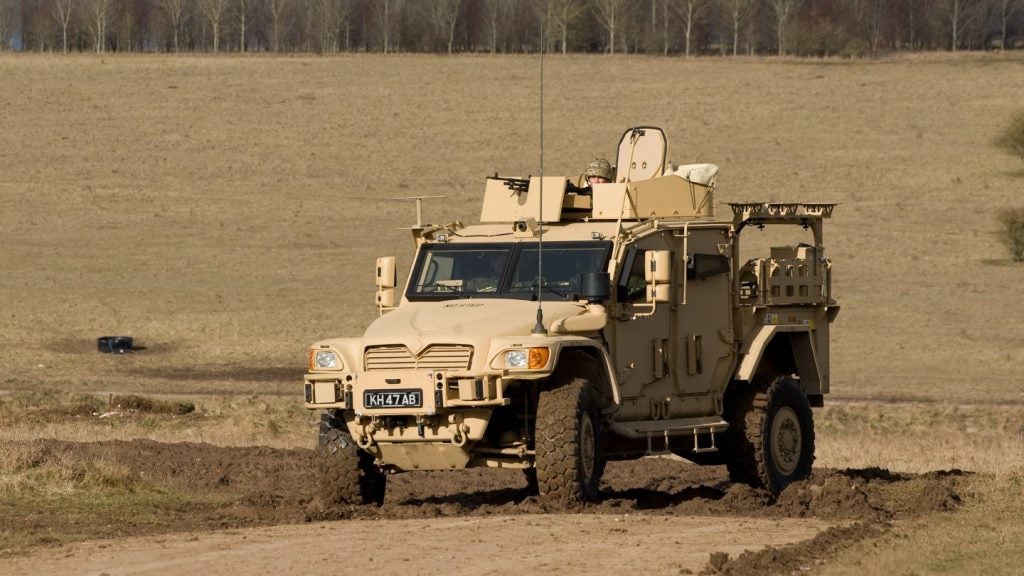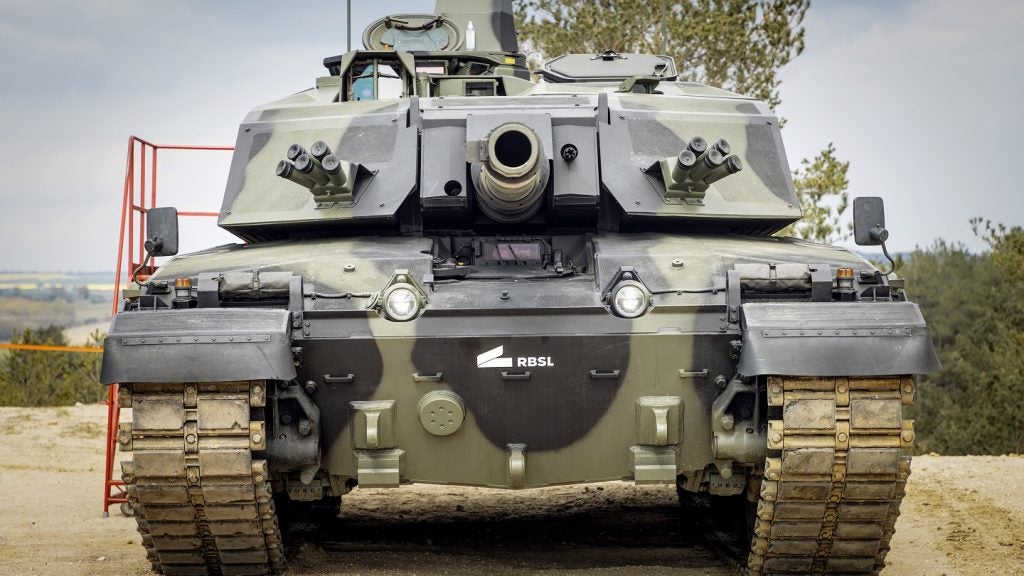
In light of China’s growing military ambition and its territorial disputes with Japan, alongside North Korea’s escalating threats against its neighbours, it is no secret that global militaries are ramping up operations in the Asia Pacific region.
Situated in the middle of this potential future hot-spot, Australia is facing down defence spending cuts to prepare its own military and support operations by its Nato allies.
A recently leaked white paper, the final version of which is set to be released by Defence Minister Stephen Smith by June, indicated that Australia plans to cut AUD5.5m from its defence budget, leading to the closure of dozens of military bases.
At the same time, it plans to lengthen runways in northern Australia and the Cocos Islands for use by Australian and US drones, as well as other surveillance aircraft. In addition to strengthening the military position in the region, it would enable resources to be quickly dispatched in response to natural disasters.
See Also:
New focus on supporting natural resources
The support for international defence of the region is to be expected, but what is notable is a new focus on defending the nation’s resources on the home front.
How well do you really know your competitors?
Access the most comprehensive Company Profiles on the market, powered by GlobalData. Save hours of research. Gain competitive edge.

Thank you!
Your download email will arrive shortly
Not ready to buy yet? Download a free sample
We are confident about the unique quality of our Company Profiles. However, we want you to make the most beneficial decision for your business, so we offer a free sample that you can download by submitting the below form
By GlobalDataAfter years of helping defend the oil fields of Middle Eastern nations at the centre of recent conflicts, the white paper indicates Australian troops would be required to help defend their nation’s own resources – not from resource hungry invaders, but from terrorists. The recent attack in Algeria demonstrated that it is not just the mines and oil fields that need protecting, but the energy workers themselves.
Of course, the industry has not been entirely undefended by the military to date.
"The Australian Government has a robust maritime security framework to safeguard against unlawful interference with maritime transport and off-shore facilities," says a defence spokesperson.
"Border Protection Command leads and coordinates Australia’s whole-of-government maritime security operations to protect Australia’s interests, by generating awareness of activity in Australia’s offshore area and responding to mitigate, or eliminate, the risks posed by civil maritime security threats."
Generally speaking, the country’s natural resources are under no specific threat, located as they are in a low-risk area with high security and supply reliability.
"A combination of factors mitigate the risk of a terrorist attack against the Australian offshore oil and gas sector, including the remote location of many offshore oil and gas facilities, and a well-developed all-hazard approach to risk management and critical infrastructure resilience," the spokesperson explains.
Coordinated approach over land, sea and sky
All three services would be involved in a coordinated manner, with their expertise honed in massive multinational exercises, such as the biennial Rim of the Pacific (RIMPAC) exercise that was last held in June 2012, involving 42 ships, six submarines, 200 aircraft and 25,000 personnel from 22 nations. In addition, local, targeted exercises would focus on protecting mines, oil wells and gas drilling operations.
"Planned exercises, ongoing engagement activities and the existing army, navy and air force presence will be used to enhance defence’s visibility in north-west Australia," says the spokesperson.
With no land borders, defence efforts would be closely tied to current border protection efforts and coastguard patrols, with a strong focus on maritime operations.
According to the spokesperson: "Australia’s border protection efforts in our maritime environment are an important component of our responses to threats to our sovereignty."
Since July 2006, the Australian Defence Force (ADF) has provided considerable assistance to support Border Protection Command operations through Operation Resolute, the ADF’s effort to patrol Australia’s Exclusive Economic Zone, consolidating a number of perviously separate operations. Under the command of the joint civilian-military Border Protection Command, the ADF contributes Royal Australian Navy ships, Royal Australian Air Force aircraft and patrols from the Australian Army’s Regional Force Surveillance Units as required.
"Defence considers requirements for inter-agency coordination and cooperation on its activities in the north-west as a matter of course," says the spokesperson.
New focus for Australia and its allies
Australia now faces the challenge of a renewed domestic defence effort, playing out alongside its key role in multinational military efforts overseas, as well as acting as a hub for Nato-led efforts to increase the stability of the Asia Pacific region and prevent any potential conflicts flaring up. And all of this with an increasingly tight budget. How does the nation plan to fit its domestic defence efforts into these wider plans?
"Increased Defence efforts in the north-west region of Australia would form part of defence’s consideration of its broader force posture," says the defence spokesperson.
"Both the government’s National Security Strategy released on 23 January 2013 and the ‘Australia in the Asian Century’ white paper released in October 2012 emphasise that regional security is critical to Australia’s prosperity and that Australia needs to adapt to trends that are creating a shift of strategic weight to our region."
At the time of the white paper leak, its contents were very much played down by politicians. After all, with months to go before its formal release, much can change.
"Let’s not get too excited about what a bureaucrat has written," backbench Labor MP Graham Perrett told Sky News. "Obviously politics is all about the government having its stamp on what the bureaucrats report to it."
But what is certain is that with the draw-down of military operations in the Middle East underway, Asia-Pacific is becoming the new focus for Australia and its allies, with the new investment in training and equipment that implies, and all under the crushing restriction of increasingly tight defence budgets. At the same time, Australia itself has to invest further to protect its home front and valuable resources.
In military preparedness, the Australian Defence Force has proven that there is no such thing as being too early.
Related content
Video feature: Urban Warrior 5 – the UK’s new military simulation
Up to 190 soldiers recently participated in the UK’s largest ever virtual simulation exercise, changing the common perception that military drills consist solely of rigorous exploits in bleak conditions.
Total immersion: military training gets real
"Hyper-realistic" training takes military learning out of the classroom and on to the battlefield using actors, Hollywood-style explosions and combat wound effects.
Follow Berenice Baker on Google+



.gif)




